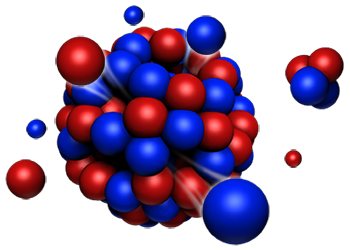Speaker
Description
Neutron spectroscopy is a tool of choice for studying exotic magnetic and vibrational excitations in solids. Direct Geometry Spectrometers (DGS) at Spallation sources allow the collection of massive datasets, but the excitations are obscured by asymmetric instrument broadening that varies in the dynamic range of measurement. Clearly resolving fine features in the excitation spectra of novel materials is a long-standing challenge that pushes the limit of DGS. Super-resolution (SR) techniques have revolutionized scientific fields such as fluorescence microscopy and biology, and new SR techniques continue to be invented for microscopy. More generally, sub-pixel enhancements in optical imagery for real-space observation are making significant contributions to science. In this presentation, we will discuss two super-resolution techniques for DGS spectroscopy. Multi-frame super-resolution imagery principles and techniques were found applicable to DGS data as each pixel in the detector system provides complementary information. Such a SR reconstruction workflow involves (1) resolution calculation based on Monte Carlo neutron ray-tracing; (2) modeling of the resolution function using a revised Ikeda-Carpenter formula; (3) iterative reconstruction. This work shows enhancements in the phonon density of states for graphite samples generated from measurements on the ARCS instrument. The second technique was inspired by image correlation techniques from satellite imagery. Spin-wave models can be constrained by 4-dimensional single crystal neutron scattering datasets measured at DGS instruments. Optimization procedures that account for instrument broadening, however, are computationally intensive and time-consuming. In this work a procedure leveraging image correlation techniques was demonstrated to greatly simplify and speed up the refinement of a spin-wave model based on datasets measured at the SEQUOIA and CNCS instruments.

